Table of Contents
ToggleiPhone 16 and FOMO: How Fear of Missing Out is Fueling Apple’s Latest Sales Surge

With the iPhone 16 release date now confirmed, the excitement surrounding Apple’s latest smartphone is reaching new heights. The buzz is everywhere—on social media, in tech blogs, and among early adopters. But what is really driving this frenzy? Is it the iPhone 16 specs and cutting-edge features, or something deeper, like FOMO (Fear of Missing Out)?
FOMO is a psychological phenomenon that has taken the digital age by storm. It plays into our deepest fears of being left behind or missing out on a valuable experience—especially when it comes to high-demand products like the iPhone 16. In this article, we’ll explore the psychological research behind FOMO and how it’s playing a pivotal role in the surge of iPhone 16 sales.
Understanding FOMO in the Tech World

Defining FOMO: The Psychological Force Behind the Frenzy
FOMO is the feeling of anxiety that arises when we perceive others are enjoying something that we’re not part of. The term, popularized by psychologist Dr. Dan Herman in 1996, has become essential in understanding modern consumer behavior—especially in relation to iPhone 16 pre-orders. As humans, we are wired for social comparison, and seeing others upgrade to the latest iPhone triggers a fear of being left behind.
How FOMO Influences Consumer Decisions

According to a study published in the Journal of Consumer Research, FOMO can significantly impact decision-making. The desire for instant gratification, driven by social comparison, often leads consumers to make impulsive purchases. In the case of the iPhone 16, the fear of not having the latest features or falling behind technologically pushes consumers to buy—sometimes even without considering the iPhone 16 price or whether they really need an upgrade.
The Psychological Appeal of Owning the Latest iPhone
Research in Computers in Human Behavior suggests that owning the latest iPhone offers psychological comfort by enhancing social status and belonging. For many, the iPhone 16 isn’t just a functional device; it’s a symbol of being part of an exclusive group of early adopters. This taps into our inherent need for social approval, a key driver of FOMO.

The iPhone 16: What’s New and Exciting?
Groundbreaking Features of the iPhone 16
Apple has introduced several headline-grabbing features with the iPhone 16—a powerful new iPhone 16 camera, a faster processor, and advanced AI capabilities. These iPhone 16 specs promise to elevate the user experience, making it an attractive option for tech enthusiasts.
Incremental Upgrades: A Psychological Strategy
Interestingly, Apple’s approach to releasing the iPhone 16 involves what psychologists call the endowment effect—the tendency to place higher value on something you already own. Even though the upgrades from the iPhone 15 may seem minor, they’re just significant enough to trigger FOMO in users who feel their older model is no longer “good enough.”

Is the iPhone 16 Truly Revolutionary?
While the iPhone 16 brings incremental upgrades, it may not be a revolutionary leap for everyone. However, research shows that FOMO doesn’t need a complete overhaul to be effective. The mere perception that the new model is superior, coupled with Apple’s powerful marketing, ensures that consumers feel the urge to upgrade—whether or not they actually need the new features.
Apple’s Mastery of Hype and Scarcity
How Apple Builds Anticipation for New Releases
Apple is a master at creating anticipation. The build-up to the iPhone 16 release date taps into a psychological principle known as anticipated regret—the idea that consumers act now to avoid feeling regret later. By teasing features and leveraging media speculation, Apple ensures that customers feel the pressure to pre-order and avoid missing out on the next big thing.

Limited Stock: The Power of Scarcity Marketing
Scarcity is one of the oldest and most effective psychological triggers. A study by Cialdini on scarcity marketing shows that limited availability increases demand. Apple uses this tactic by limiting iPhone 16 pre-orders, creating a sense of urgency. When buyers see that stocks are low, their FOMO intensifies, making them more likely to purchase immediately out of fear that they might miss their chance.
The Role of Social Media in Amplifying FOMO
Social media plays a significant role in amplifying FOMO around the iPhone 16. Research published in Computers in Human Behavior highlights how social media exacerbates social comparison, making users feel anxious when they see others enjoying something they don’t have. iPhone 16 unboxing videos, influencer reviews, and celebrity endorsements flood platforms like Instagram and YouTube, making the phone seem even more desirable and heightening the fear of being left behind.
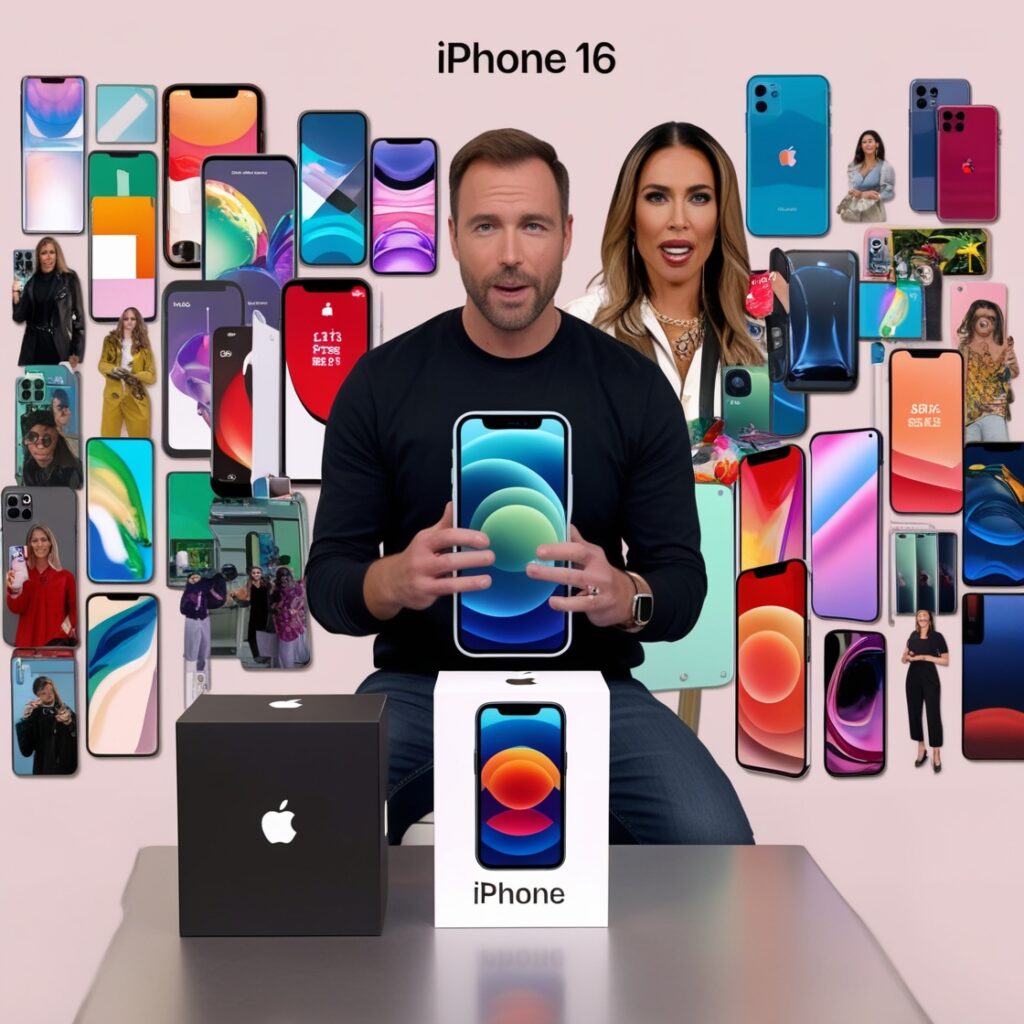
FOMO in Action: Why Consumers Can’t Resist the iPhone 16
The Status Symbol Effect of Owning the Latest iPhone
The iPhone 16 is not just a phone; it’s a status symbol. A study in Consumer Culture Theory suggests that tech products, particularly iPhones, act as a form of symbolic capital. When consumers see peers or influencers with the latest iPhone, it triggers a fear of missing out on social standing and relevance.

Fear of Falling Behind in Technology
Another key aspect of FOMO is the fear of technological obsolescence. According to research in the Journal of Marketing Research, consumers fear that if they don’t keep up with the latest tech trends, they’ll fall behind, both in terms of functionality and status. The iPhone 16 launch capitalizes on this fear by presenting itself as the next must-have device, making people feel they can’t afford to wait.
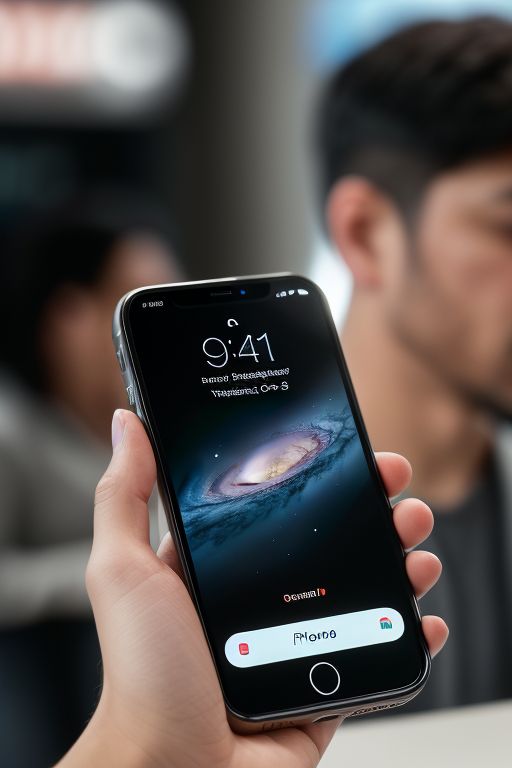
Keeping Up with Friends, Influencers, and Social Media Trends
The FOMO effect is heightened when we see friends, influencers, and celebrities showcasing their new iPhone 16 on social media. A study in The Journal of Social and Personal Relationships found that social comparison via platforms like Instagram increases feelings of inadequacy and anxiety. When everyone around you is flaunting the latest iPhone, it’s hard to resist the pressure to upgrade. This social pressure is one of the key reasons why iPhone 16 pre-orders surge as soon as the phone is announced.
The Impact of Apple’s Ecosystem on FOMO

Integration with Other Apple Devices
Apple’s ecosystem plays a significant role in driving FOMO. Research in consumer behavior highlights the “sunk cost fallacy,” which explains why people who already own multiple Apple products feel compelled to upgrade to the iPhone 16. If your current iPhone doesn’t seamlessly integrate with your new Apple Watch or MacBook, the fear of missing out on a fully connected experience drives the upgrade. The iPhone 16 features are designed to work in harmony with the rest of Apple’s ecosystem, making consumers feel that not upgrading would disrupt their seamless connectivity.
Fear of Missing Out on Seamless Connectivity
The iPhone 16 comes with new features that enhance compatibility with other Apple products, such as improved AirDrop and Handoff functions. Consumers fear missing out on these capabilities, reinforcing the need to stay within the Apple ecosystem. This FOMO is not just about owning the latest iPhone model but also about missing out on the convenience that comes with owning a suite of interconnected Apple devices.

The “Lock-In” Effect: How Apple Keeps You Coming Back
Apple’s “lock-in” effect—where consumers feel stuck in the ecosystem due to the convenience and compatibility between products—exacerbates FOMO. According to research in the Harvard Business Review, consumers are more likely to continue investing in a product line they are already committed to. The iPhone 16 release capitalizes on this by offering features that work best when paired with other Apple devices, ensuring that users feel they need to upgrade to stay current.
How Apple’s Marketing Amplifies FOMO
Celebrity Endorsements and Influencer Partnerships
Apple strategically partners with celebrities and influencers to build hype for the iPhone 16. Studies show that celebrity endorsements trigger what’s known as the “halo effect,” where positive feelings toward the endorser spill over to the product. When a favorite celebrity posts about their new iPhone 16, it enhances the phone’s desirability and intensifies FOMO among their followers.
Strategic Leaks and Pre-Release Speculation
Apple expertly uses controlled leaks and pre-release speculation to stoke excitement for the iPhone 16 release date. Research in consumer psychology shows that uncertain information creates curiosity and anticipation, both of which are major components of FOMO. By strategically leaking specs and design details, Apple keeps consumers engaged and eager to be among the first to own the latest model.

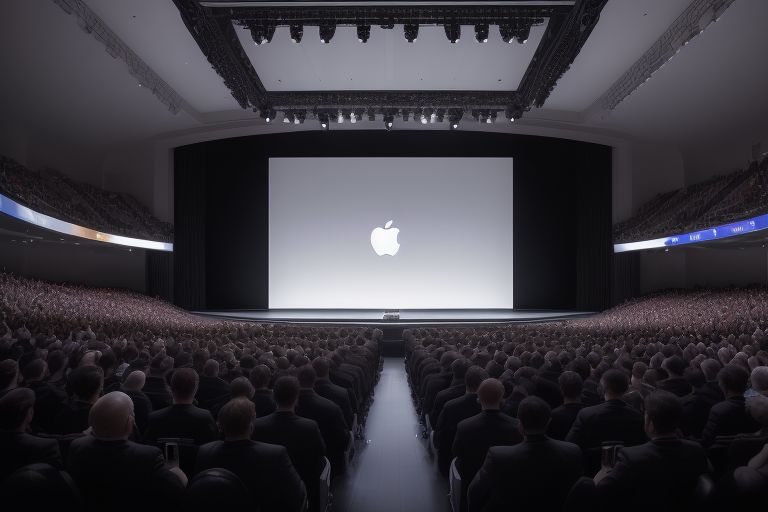
High-Profile Launch Events: Tapping into Exclusivity
Apple’s launch events are not just product unveilings—they are cultural moments. These events are designed to create a sense of exclusivity and excitement, which heightens FOMO. Consumers who tune in feel like they are part of an elite group getting the first look at the iPhone 16 features, which adds to the pressure to be an early adopter.
Social Proof: The Role of Early Adopters in Boosting Sales
Early Reviews and First-Mover Advantage
The concept of social proof, coined by psychologist Robert Cialdini, plays a crucial role in driving iPhone 16 sales. Early adopters, through their unboxing videos and reviews, create a ripple effect that encourages others to follow suit. Research in Consumer Psychology suggests that people are more likely to buy a product when they see others enjoying it. The first few days after the iPhone 16 launch are crucial in building momentum, as early positive reviews and first-mover advantage amplify FOMO.

Unboxing Videos and Online Reviews: Creating FOMO
Unboxing videos are incredibly effective at generating FOMO. A study published in Psychology & Marketing found that watching others experience joy from a new purchase activates similar feelings of excitement and desire in viewers. The flood of iPhone 16 unboxing videos on YouTube and Instagram adds to the excitement, making potential buyers feel like they’re missing out on the experience.
Peer Influence: How Social Circles Drive iPhone 16 Sales
Peer pressure plays a significant role in consumer behavior. According to a study in Social Influence, seeing peers with the latest gadgets increases the likelihood of upgrading due to FOMO. When friends or colleagues start showing off their new iPhone 16, it creates a powerful urge to keep up, as no one wants to feel like the odd one out.
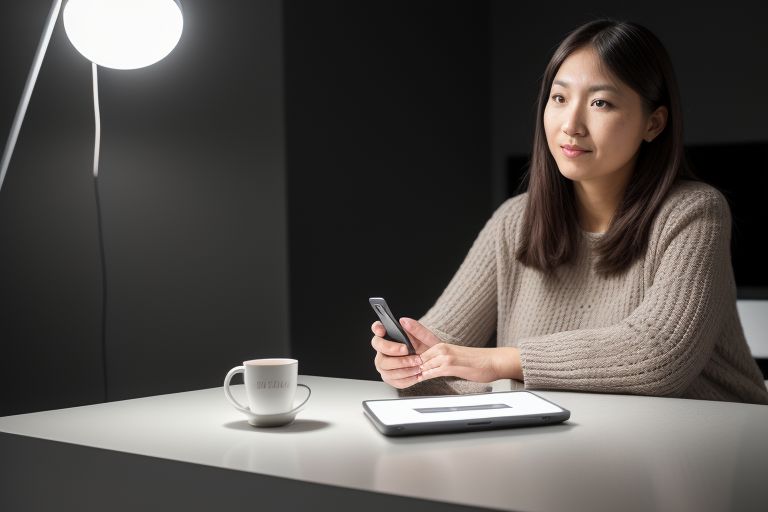
The Economic Side of FOMO: Spending Beyond Means
Financing Plans and Monthly Payment Options
Apple’s financing plans make the iPhone 16 price more palatable, encouraging consumers to justify the purchase. A study in the Journal of Consumer Research shows that payment plans reduce the perceived financial burden, making it easier for consumers to spend beyond their means. With monthly payment options, the high cost of the iPhone 16 becomes less intimidating, and consumers may feel more inclined to buy, even if they wouldn’t have otherwise.
Psychological Triggers That Encourage Over-Spending
The combination of FOMO and easy financing options can lead consumers to spend more than they intended. Impulse buying, driven by the fear of missing out on the latest iPhone 16 features, often overrides rational budgeting decisions. A study in the Journal of Financial Psychology highlights that the fear of missing out can lead to financial stress, as people overspend to keep up with trends.
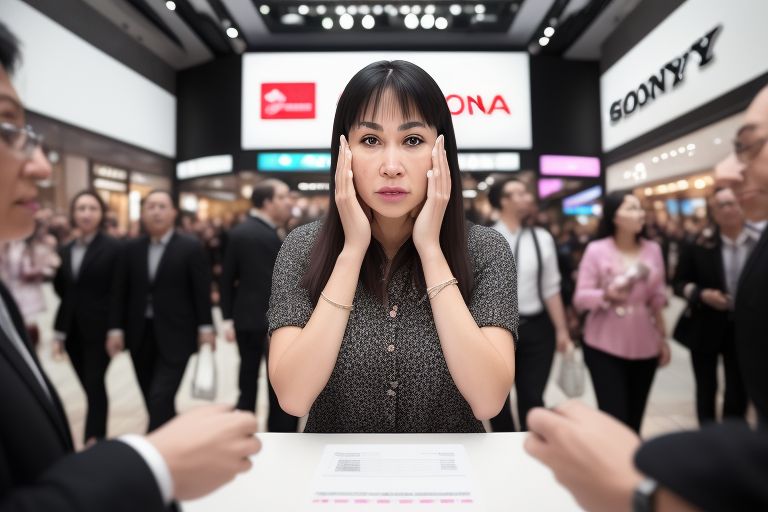
Are Consumers Trapped in a Cycle of Upgrades?
The iPhone 16 launch continues a cycle of frequent upgrades that many consumers feel trapped in. According to research on the hedonic treadmill—a concept in positive psychology—consumers constantly seek out the next upgrade to maintain their satisfaction. Each new iPhone brings just enough improvement to keep consumers coming back, driven by the fear that their current model will quickly become outdated.
FOMO vs. Practicality: Is It Worth Upgrading to the iPhone 16?
Do the Features Justify the Upgrade?
Before jumping on the iPhone 16 bandwagon, it’s essential to ask whether the new features truly justify the upgrade. While the iPhone 16 specs are impressive, research suggests that consumers often upgrade due to FOMO rather than practical necessity. If your current phone still serves your needs, it might be worth resisting the urge to upgrade.
Practical Reasons vs. FOMO-Induced Decisions
FOMO can cloud judgment, making it difficult to distinguish between actual need and emotional pressure. A study in the Journal of Behavioral Decision Making found that many consumers upgrade because of social influence rather than personal need. Before upgrading, consider if your decision is driven by the iPhone 16 features or by the fear of being left behind.
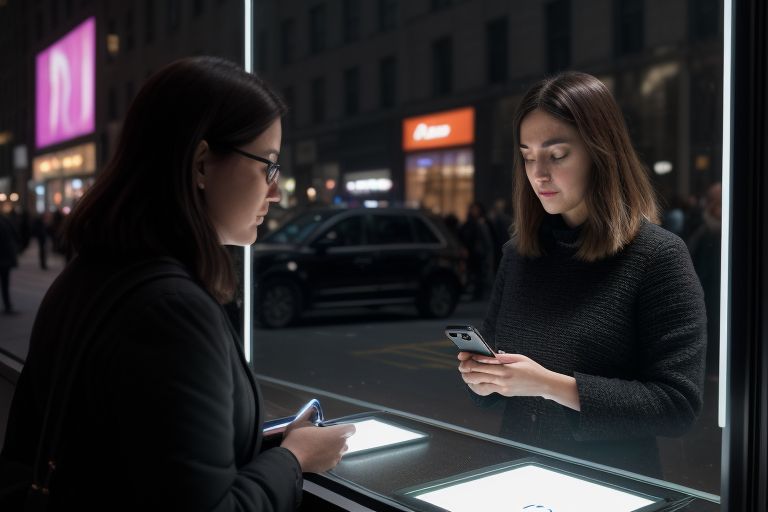
Should You Wait for the Next iPhone?
Apple’s annual release cycle means that there’s always another iPhone on the horizon. For those who can resist FOMO, waiting for the next model could offer more significant upgrades. Research shows that delayed gratification can lead to more satisfaction in the long run, especially if you skip a generation to enjoy more noticeable improvements.
FAQs
Is the iPhone 16 worth upgrading if I already have the iPhone 15?
If your iPhone 15 is working well, you might not need to upgrade. The iPhone 16 features are incremental, and upgrading based on FOMO alone might not be worth the cost.
How can I avoid FOMO when it comes to new tech releases?
To avoid FOMO, consider waiting a few weeks or months after the initial release. This gives you time to assess whether the upgrade is necessary for your needs, rather than an emotional decision.
Why does Apple limit stock during new releases?
Apple uses scarcity marketing to increase demand. Limiting stock creates urgency, heightens FOMO, and encourages consumers to make quicker decisions.
Are there psychological effects of FOMO when it comes to tech gadgets?
Yes, FOMO can lead to anxiety, impulsive spending, and financial stress, especially when consumers feel pressured to keep up with the latest trends.
How does Apple’s ecosystem encourage frequent upgrades?
Apple’s ecosystem creates a lock-in effect, where users feel compelled to upgrade their devices to maintain seamless connectivity across their gadgets. This reinforces the cycle of frequent upgrades.